Put most simply, graphic biographies are books that tell the story of another person's (or people's) life in the form of comics. But, as so often in a scholarly project, each of these key terms needs some explaining.
Graphic biographies are books: This project focuses on print graphic biographies produced from within the North American and European alternative comics scenes. So, comics about real people's lives in the form of pamphlets, serials, or web pages are related but not what we're looking at. Comics scholarship often distinguishes between mass market, mainstream, or “superhero” comics and more literary, independent, and “alternative” comics. This divide helps in studying generic, narrative, and visual connections and confluences, as well as divergent conditions of production, distribution, and reception. That said, a full study of print graphic biography (web comics are another topic entirely for future study) must recognize both sides of the mainstream/alternative divide if it hopes to understand the aesthetics, politics, and themes at work in these books.
For this project, we start with the understanding that many innovative graphic biographies borrow and adapt elements of mainstream comics, such as the myth of the superhero to tell the life of a great person. However, their independent production and the auteur culture of alternative comics opens up possibilities for experimenting with both the life narrative and visual representation in ways that mediate popular culture and avant-garde aesthetics.
Graphic biographies tell the story of another person's life: they are distinct from memoir because the cartoonist is different from the protagonist. There are many wonderful graphic memoirs, from Art Spiegelman's Maus to Marjane Satrapi's Persepolis and Alison Bechdel's Fun Home, that have received quite a lot of scholarly attention. And, part of this project will be looking at how telling their own story requires a cartoonist or writer to also tell the stories of others (hence the frequent use of a backslash between auto/biography: every story of the self is always also a story of others because our lives are relational).
However, in the first instance this project is looking at comic books that are clearly about a real person who is different from the cartoonist. By taking this as our focus, we can ask a related but different set of aesthetic and ethical questions from the ones critics are asking of graphic memoir. For instance, whereas a graphic memoirist must devise a caricature of herself that fits with both her internal psychological view of how she looks and the external world's view of her (Charles Hatfield writes about this very well in his book, Alternative Comics: An Emerging Literature), a graphic biographer must develop a caricature of her subject that is recognizable to readers but true to her own artistic style.
Also, a graphic biographer contends with a different set of ethical problems from the graphic memoirist, including how to portray competing versions of the same event already depicted in print or on screen. This is especially pressing when the subject's legacy matters to a particular community and continues to uphold a tradition of political organizing or artistic innovation. Sometimes, the graphic biographer is drawing the life narrative of a revered individual whose private life contains unsavoury details. Which truths of the person's life will the cartoonist choose to represent? How will they draw the subject in ways that either revere or deflate their public image?
Finally, biography in its traditional prose forms has usually focused on a single individual. This is true of many graphic biographies, but not all. Some, like Fallout, about nuclear scientist Robert Oppenheimer, place their subject in a group or community fundamental to their individual life narratives -- in his case the other scientists of The Manhattan Project. Others emphasize the individual's formation by their family, or make a whole family the subject of a group biography. The Carter Family by Young and Lasky is a good example of this approach. Still others foreground, and even fold into their graphic biography, the very problem of having to isolate an individual life narrative from a historical collective. Anderson's graphic biography of [Martin Luther] King grapples with this problem in its very visualization of the great man as part of a political movement.
Graphic biographies are life narratives in the form of comics. Many others have debated the definition of comics, and arguments continue over what count as the earliest comics. For instance, do early 20th century experiments in 'wordless' novels count as forerunners of today's alternative comics? Is any combination of words + pictures in a sequence a comic?
This project listens to these debates and takes them into account. Ultimately, we have a fairly generous definition of what is a comic because some of the graphic biographies we are studying include whole sections of pictures without words, and vice versa. And some might fall better under the definition of a picture book than a comic because they eschew panel borders and the usual comics grid. At the very least, to be considered in this project the books must be verbal-visual life narratives that depend upon the reader's performance of closure between individual panels (even if the panels are only implied) to produce meaning.
We use the terms "comic book" and "graphic biography" interchangeably here, aware that some purists would parse the difference much more precisely than we do. We do avoid the term "graphic novel," even though some of the books are marketed under that term, because we want to highlight the organizing principle of the genre of biography, and the field of life writing more generally, and avoid any perception that just because we are dealing with comics they must be fictional.
We'll leave it there for now, but watch for future blog posts on: a brief history of graphic biography: what makes graphic biography different from prose biography (apart from the obvious); and why we should be thinking about graphic biography in relation to the film biopic.




